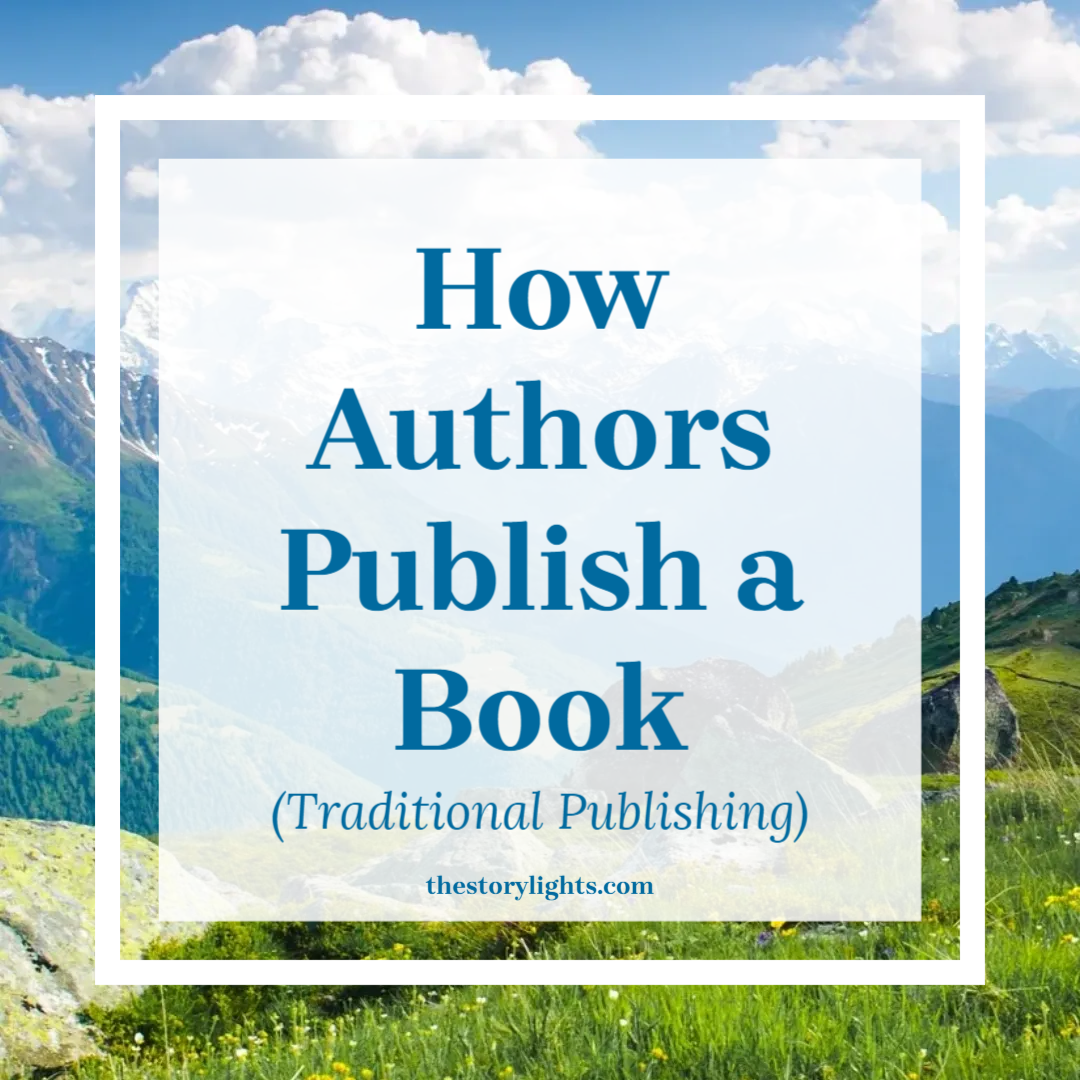How Authors Publish a Book
(Traditional Publishing)
By Amy Bryant
Have you ever wondered how an author gets their book published?
When I first started writing seriously, I thought I’d be able to write my dream novel and have it published– all in the space of a year! Since then I’ve learnt there’s a lot more involved than most people think, so today I’ll be breaking down the process for you.
Note: This article is about traditional publishing only, although I plan to address indie/self-publishing at a later date.
So! What happens when an author has completed a book and wants to share it with the world?
Well, hopefully they’ve done multiple drafts on that book, editing it until it’s as polished and shiny and awesome as it can be. (Don’t freak out, but this can sometimes take years!) If so, then they’re ready to start the publication process.
Step 1: Beta Readers and Critique Partners
Even though an author does everything possible to make sure their book is perfect, there’s ALWAAAAYS going to be little mistakes and plot holes. We writers become so familiar with our work (especially when it’s the 4th, 5th, gazillionth draft) that it’s easy for our brains to miss things. That’s why it’s SO important to get fresh eyes on our work.
This can be done in a couple of ways:
Critique Partners:
A critique partner is another writer willing to give you feedback on your work. Often this is done by regularly swapping chapters and exchanging critiques.
I’m part of an online critique group where each month we submit chapters from our books, and offer feedback and advice on each other’s. My critique group tells me things like what they love about my story, what bit they found confusing, what parts made them laugh, when I’ve repeated myself, etc. All incredibly helpful!
Beta Readers:
As valuable as input from family and friends is, it’s important to get outside feedback on your writing as well. Beta readers don’t have to be writers, and it’s often good if they’re people the author doesn’t know. (This lets them give honest feedback about the writing without worrying about hurting the author’s feelings.)
After receiving feedback from their beta readers, the author usually does another round of editing, and then they’re ready for…
Dun dun duuuun…
Step 2: Querying Literary Agents
Literary Agents:
What is a literary agent and why does an author need one? Is this like a super secret spy thing? Alas, no spies involved here, although agents are very awesome nonetheless.
Big publishing houses (like HarperCollins, Penguin Random House, and Scholastic) will only consider a book if it’s been sent to them through a literary agent. Otherwise they’d be flooded with far too many manuscripts to ever look at, whereas an agent can sort through and send them the best.
Hence, agents are like magical, sparkly unicorns to aspiring authors!
Some smaller publishing houses are willing to look at manuscripts without a literary agent. In this case, the author will send their query letter to the publishing house’s editor directly, or pitch their book to them at a writer’s conference.
Query Letters:
When the author has researched agents they think might be a good fit for them, they then send out query letters, which are short, professional emails telling the agent about themselves and their story.
A literary agent usually has a big slush pile of submissions from hopeful authors, so the goal is to catch the agent’s attention and make them say, “Oooh, tell me more!”
In this case they might ask you to send them the first 10 pages or the first 3 chapters, and if they like that they might ask for the full manuscript.
And if they like that, they may offer to represent the author, in which case the author runs around their house, screaming and dancing, hugging friends and strangers alike. But the journey isn’t over yet!
Step 3: Finding a Publisher
Publishing Houses:
Once an author has a literary agent willing to represent them, it’s up to the agent to start shopping the manuscript around to publishing houses. Even with an agent there’s no guarantee that a publisher will be willing to take on a book. (Not because the book isn’t good enough, but because it’s competing with SO MANY others, and publishers are often looking for certain things.)
Signing the Contract:
Say that a publishing house loves the book and wants to take it on. Now what? (Aside from the author running around their house screaming and dancing again…) Now the literary agent negotiates the contract with the publishers and things officially get underway. Wahoo!
At this point it can still take 1-2 years from signing the contract until the book is published. Why? Because there’s soooo much to do, like more editing, proofreading, typesetting, cover designing, and sending out Advanced Reader Copies (ARCs) of the books for people to review. There’s a myriad of jobs but thankfully the author now has a team of professionals on board who know just what to do!
As you can see, there’s a lot involved in the publishing process– including time, work, and people to make it all happen– but the book that gets produced on the other end makes it all worth it!
‘Go Teen Writers: Edit Your Novel’ is a wonderful book that goes into detail on both the editing and the publishing process. Adults writers will find it helpful as well!

Amy E. Bryant is an award-winning writer of Children’s and YA Fantasy Adventure (coming soon!) who loves cheering on young writers.
You can follow along with Amy’s journey by signing up to her newsletter, where she shares more about books, writing, and the process of becoming a published author.
Author Website: AmyEBryant.com (Come visit me! 😊)
–
“There’s always room for a story that can transport people to another place.”
– J.K. Rowling



